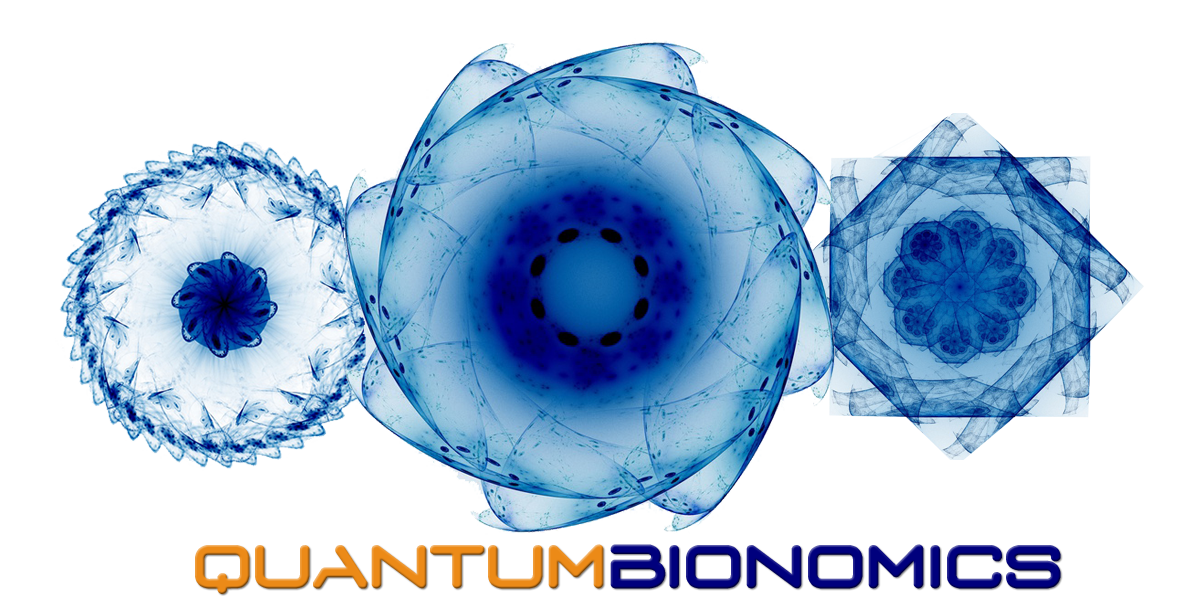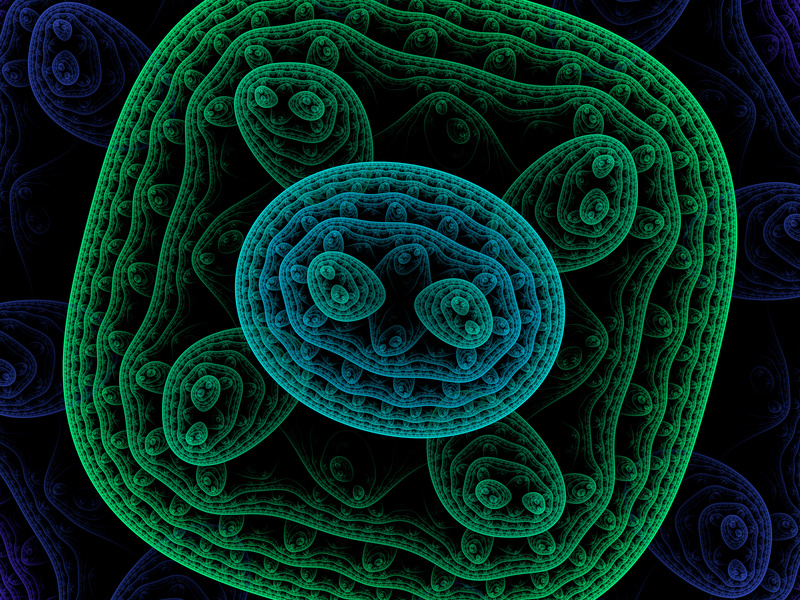New synthesis path shows how conditions on early Earth could have given rise to two RNA bases
The molecular dance that led to the origin of life billions of years ago remains one of the deepest mysteries in modern science. Though the exact choreography is forever lost to time, scientists now say they may have identified one of the key steps. Chemists in Germany today report a plausible way in which basic chemicals available on early Earth may have given rise to compounds called purines—chemicals that are a key ingredient of DNA, RNA, and energy metabolism in all cells.
The new work is “very pretty chemistry,” says Gerald Joyce, a chemist at the Scripps Research Institute in San Diego, California, who specializes in the chemistry that may have given rise to life.
Joyce and others have long suggested that one of the key early events in this process was the formation of RNA—a long chainlike molecule that conveys genetic information and speeds up other chemical reactions. Both of those functions were necessary for life to evolve. But sorting out how RNA itself may have arisen—and led to an “RNA world”—has been a struggle.
RNA is made up of four different chemical building blocks: adenine (A), guanine (G), cytosine (C), and uracil (U). Seven years ago, researchers led by the U.K. chemist John Sutherland showed a plausible series of steps by which chemical reactions on early Earth could have synthesized cytosine and uracil, also known as pyrimidines. But this route hasn’t been shown to give rise to adenine or guanine, RNA’s purine building blocks. Others partially succeeded in the purine quest. In 1972, the U.K. chemist Leslie Orgel and colleagues suggested one possible route for purine formation on early Earth. But it never seemed all that plausible, says Thomas Carell, a chemist at Ludwig Maximilian University of Munich in Germany. That’s in part because the process produced only tiny amounts of the purines so vital for life.
“People have been looking for synthetic routes to making purines for 40 years,” Carell says.
Carell and colleagues stumbled on a new lead several years ago, when they were studying how DNA is damaged. DNA is very similar to RNA, except that uracil is replaced with thymine. They were studying how a molecule called formamidopyrimidine (FaPy) reacts with DNA, and found it also readily reacts to form purines. So they decided to look into whether early Earth conditions could have given rise to FaPys, and thus purines.
The first step was easy. It requires only hydrogen, cyanide, and water. Hydrogen cyanide, a simple molecule containing only three atoms—hydrogen, nitrogen, and carbon—is widely believed to have been abundant on early Earth. It readily reacts in water—also thought to be plentiful at the time—to form one of a class of molecules called aminopyrimidines, which contain several chemical groups called amines. Normally, these amines react indiscriminately to form a wide mix of different compounds. That’s a bad thing in this case, Carell explains, because most of those products wouldn’t be purines.
Carell needed to find a way to stop all but one critical amine from reacting. “Initially I thought this would never work,” Carell says. But the solution, he says, was far simpler than he expected. When Carell’s team spiked their solution with just a bit of an acid—also widely considered abundant on early Earth—a reaction caused an extra proton from the acid to attach to the aminopyrimidine. That extra proton killed the reactivity of all but one of the amine groups on the molecule. And much to Carell’s delight, the lone amine that stayed reactive was precisely the one that reacts to form a purine.
That’s not all. Further lab results presented today in Science show that the reactive amine on the aminopyrimidine readily bonds with either formic acid or formamide. Last year, the Rosetta space probe detected both of those chemicals on a comet, so scientists think they also probably rained down on early Earth. Once the bonds have formed, products of those reactions then eagerly react with sugars to create large quantities of purines. “It’s like a domino cascade,” Carell says.
Mic drop? Not so fast, says Steven Benner, a chemist and origin of life expert at the Foundation for Applied Molecular Evolution in Alachua, Florida. Benner agrees that the newly suggested purine synthesis is a “major step forward” for the field. But even if it’s correct, he says, the chemical conditions that gave rise to the purines still don’t match those that Sutherland’s group suggests may have led to the pyrimidines. So just how As, Gs, Cs, and Us would have ended up together isn’t yet clear. And even if all the RNA bases were in the same place at the same time, it’s still not obvious what drove the bases to link up to form full-fledged RNAs, Benner says.
We’re here, so it must have happened somehow. But RNA-world researchers still need to line up a few more dominoes before one of the greatest mysteries of life will be truly solve
Source: ‘RNA world’ inches closer to explaining origins of life | Science | AAAS











Leave A Reply